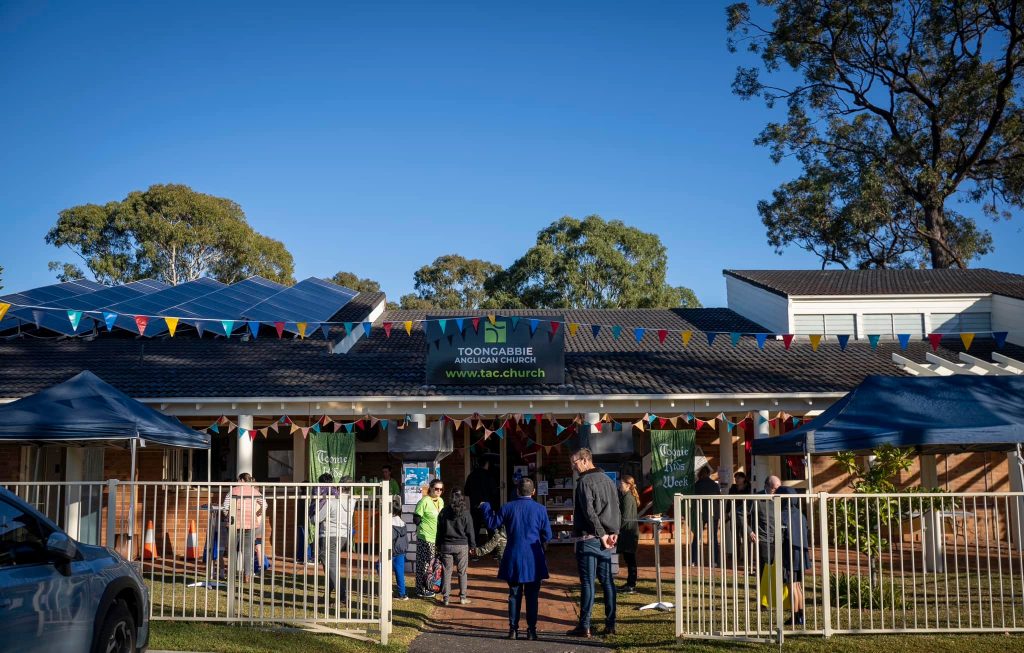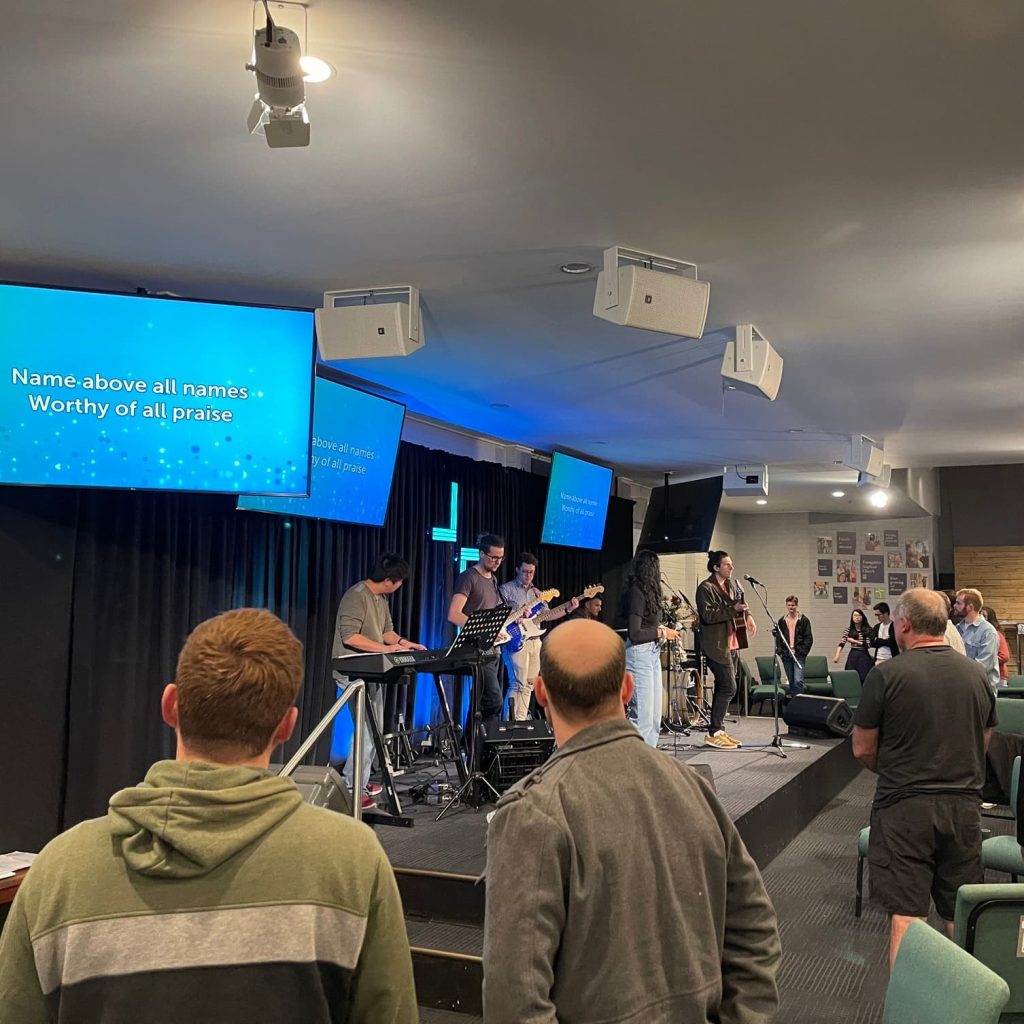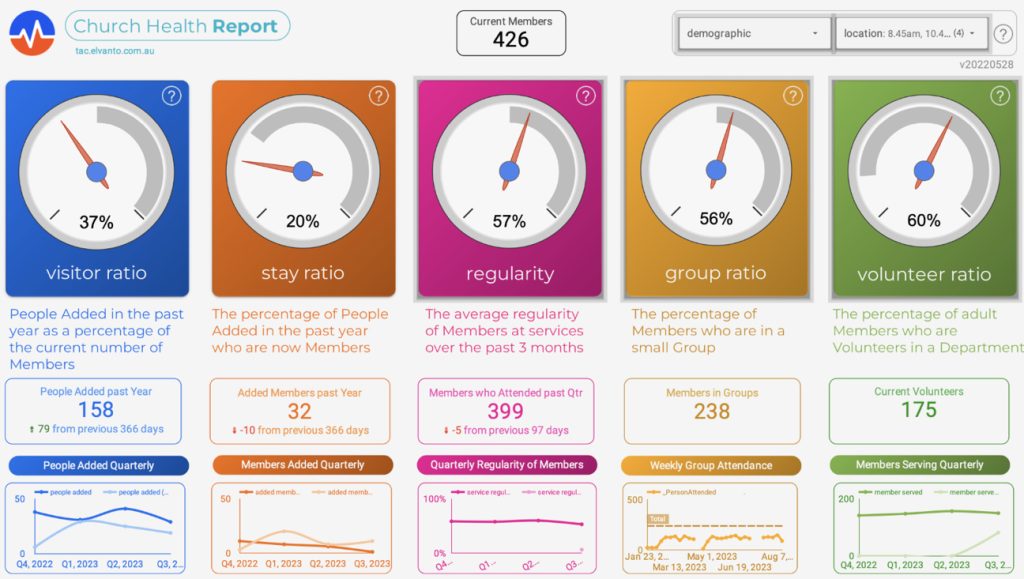
Toongabbie Anglican Church (TAC) in Sydney’s west has 440 members across four services. They have a team of five pastoral staff, including Mike Hastie who joined the team as Lead Pastor at the beginning of 2022.
Toongabbie has one of the highest concentrations of Tamil speakers in the country, with Hinduism being the highest religious affiliation. Outreach is their highest priority at the moment, with a focus on reaching people from Hindu backgrounds. Recently they used their metrics to ask the question and make projections about what TAC would look like if they saw 50% growth over the next five years.
Tracking metrics has given them focus on individuals and their stories while pastoring many.
Here are three ways the team uses metrics throughout the year:
1. In weekly meetings
As part of their weekly 45 minute pastoral meeting on Mondays, they discuss:
- Who has missed the last two weeks of church?
- This alerts the team to who might need following up. They look for patterns of attendance in services and growth groups to get a sense of overall engagement and who might be best to follow them up (e.g. growth group leader or staff member).
- Which new people need follow-up to progress and connect into the church community?
- The team look for patterns in their journey, noting that the second week of attendance is particularly important as a sign of a newcomer’s interest in exploring church. They note who is not yet a believer and find the right pathway for them, whether it be a phone call, meeting face-to-face, Christianity Explored or a newcomers lunch.
- Every few weeks in a larger staff meeting, they explore serving loads of volunteers and connect those interested in serving to ministry leaders.
- Who is at risk of overload?
- How many positions are people serving in? How often are Sunday rostered positions are occurring? There’s often a discussion around bandwidth, joy and support.
- Who is not yet serving?
- Which ministries are resource intensive?
- Who is at risk of overload?
These questions help the team observe and provoke next steps. They try to keep each other accountable for how things are going and what they’re learning.

2. In Parish Council meetings
In an Anglican Church a Parish Council is the elected governing body that looks after the financial and property affairs of the church. A semi-equivalent group in other churches might be the church elders.
Mike prepares a rector’s report every time his Parish Council meets that includes an update on the church’s metrics. Next year they’ll begin developing and implementing a more substantial vision and strategy with particular goals, but for now he keeps the Parish Council informed about the basic measures to ensure they are connected to the ministry, and invites questions and observations.


3. Setting annual goals
At the beginning of this year each staff member was tasked with preparing a mini-presentation for their start of year planning day. Here’s what they prepared:
- What insights can you share from our metrics?
- What SMART goals have you set for this year? (SMART stands for specific, measurable, achievable, relevant and time-bound).
- Share some dreaming (for example if pinch points didn’t exist).
- How can we support you this year?
This process was designed to look at what God was already doing in their church (by being observant and curious) and to foster goal creation from the ground up. It has helped ground their goals and avoid simply dreaming up goals in abstraction.
In quarterly strategy meetings the team refers back to those goals and discusses what progress has been made towards meeting them. This is supplemented by fortnightly individual catch-ups with Mike which, in addition to caring for staff, utilise a coaching template to review, make observations and strategise.
Using metrics at different levels of leadership supports a culture of asking questions and transparency in the unified pursuit of concrete strategies to seek health and growth in God’s church. The team at TAC are still exploring the best use of metrics within other measures and aspects of leadership.

Mike Hastie is the co-founder of Growing Healthier Churches, a ministry leadership platform. It helps churches use data to inform, catalyse and measure decisions as they pursue the health and growth of their church. GHC plugs into church databases and creates a dashboard to help inform prayers and decision-making. Here’s a helpful article about the power and pitfalls of metrics.



